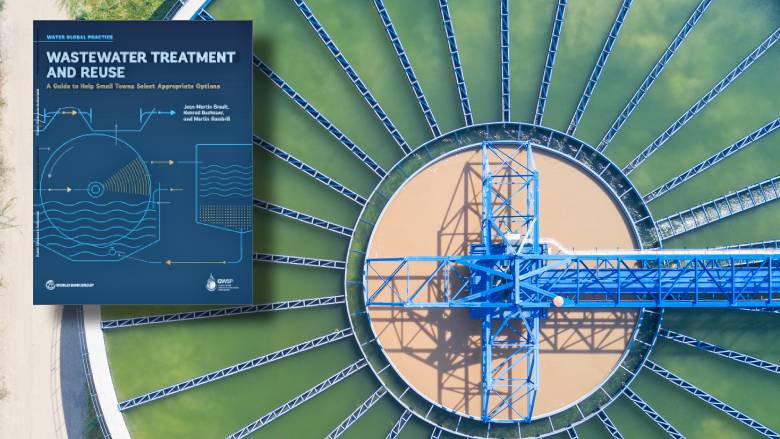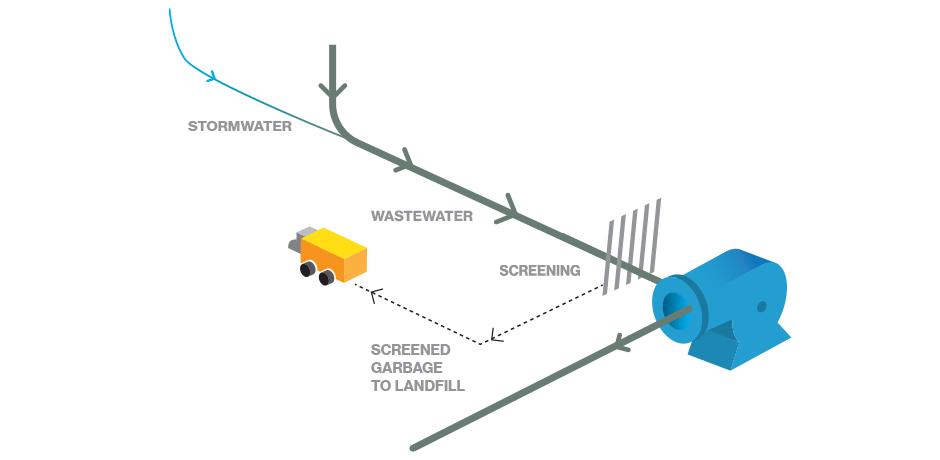Strategic Approaches to Improve Waste Water Therapy Efficiency and Minimize Ecological Influence
In the realm of waste water therapy, the quest for enhanced performance and minimized ecological effect is a continuous difficulty that demands tactical options. The combination of sophisticated therapy technologies, energy-efficient procedures, resource healing strategies, improved nutrient removal techniques, and wise monitoring and control systems represents a multifaceted structure for addressing these pressing problems.
Advanced Therapy Technologies
Advanced membrane layer purification systems have reinvented sophisticated wastewater therapy procedures, dramatically boosting the elimination of contaminants. These cutting-edge systems work by requiring water with a semi-permeable membrane, properly separating impurities from the water stream. The membrane layer's tiny pores trap toxins such as microorganisms, viruses, and suspended solids, allowing just cleansed water to travel through. This modern technology has actually proven to be highly effective in removing a variety of contaminants, including pharmaceuticals, hefty metals, and natural compounds, which are typically challenging to remove with conventional therapy approaches.
Additionally, membrane filtration systems supply numerous advantages over standard therapy strategies. They require much less area, create higher-quality effluent, and are more resistant to fluctuations in influent water quality. Furthermore, these systems are highly flexible and can be quickly incorporated into existing therapy plants or made use of as standalone devices for decentralized applications. As the demand for tidy water remains to rise, the fostering of sophisticated membrane purification innovations is necessary to ensure effective and sustainable wastewater therapy techniques.
Energy-Efficient Processes
The combination of energy-efficient procedures in wastewater treatment systems is important for enhancing source utilization and decreasing functional expenses. One vital technique to enhancing power effectiveness in wastewater treatment is the utilization of advanced oygenation systems, such as great bubble diffusers or surface aerators, which can improve oxygen transfer effectiveness and reduce power usage.
Additionally, optimizing process control and automation via making use of sophisticated sensing units and keeping an eye on systems can boost general power efficiency by adjusting operations in real-time based upon actual need and conditions. Executing power audits and consistently monitoring power efficiency indications are important techniques to recognize locations for improvement and track energy-saving efforts properly. Overall, the fostering of energy-efficient procedures in wastewater treatment not just profits the atmosphere but additionally adds to long-lasting expense financial savings and operational sustainability.
Source Healing Techniques
With a concentrate on optimizing source usage and sustainability in wastewater treatment systems, the implementation of resource healing approaches becomes a crucial facet in boosting functional effectiveness. Resource recovery approaches in wastewater treatment involve the recognition and removal of beneficial sources from the waste stream, consequently transforming what was when considered waste right into a beneficial possession. By applying source recovery strategies such as nutrient elimination and healing, energy generation from natural issue, and the manufacturing of recyclable water, wastewater treatment plants can minimize ecological influence while making best use of efficiency.

Improved Nutrient Elimination Strategies
Applying sophisticated nutrient removal strategies is crucial for maximizing the efficiency of wastewater therapy systems. Boosted nutrient removal plays a vital function in reducing the ecological influence of treated effluent released right into water bodies. One of the essential methods made use of for enhanced nutrient elimination is the procedure of organic nutrient removal (BNR), which involves the elimination of nitrogen and phosphorus with organic processes. This can be accomplished with the usage of specialized microorganisms that can convert nitrogen substances right into inert nitrogen gas through denitrification, and gather phosphorus within their cells with a process called boosted biological phosphorus elimination (EBPR)

Along with BNR, progressed therapy approaches such as membrane layer bioreactors (MBRs) and constructed marshes can additionally be used to boost nutrient elimination performance. MBRs make use of membrane layers to achieve top quality effluent requirements by efficiently getting rid of nutrients and put on hold solids. Created marshes imitate all-natural marsh procedures to get rid of nutrients with plant uptake, microbial task, and sedimentation. By integrating these sophisticated nutrient removal methods into wastewater treatment systems, towns and sectors can efficiently reduce nutrient contamination and shield the setting.
Smart Monitoring and Control Solution
Making use of cutting-edge technology, the combination of smart surveillance and control systems revolutionizes the operational efficiency of wastewater treatment centers. These systems include advanced sensors and data analytics to constantly check vital specifications such as pH degrees, turbidity, dissolved oxygen, and circulation prices in real-time. By gathering and analyzing this data, operators can get important insights right into the efficiency of the treatment procedures, enabling positive adjustments to maximize therapy performance.
Smart monitoring and control systems also sustain remote monitoring abilities, permitting operators to access real-time information and control functions from off-site locations. This remote access enhances useful site operational adaptability and responsiveness, enabling swift treatments in situation of system breakdowns or variations in influent top quality. The predictive maintenance capacities of these systems aid avoid devices failures and lessen downtime, inevitably boosting the total integrity of wastewater treatment operations.
Verdict
In verdict, critical methods such as innovative treatment modern technologies, energy-efficient processes, source recovery methods, boosted nutrient elimination techniques, and smart surveillance and control systems play an important duty in enhancing wastewater therapy effectiveness and minimizing environmental effect. By implementing these strategies, wastewater treatment plants can enhance their general efficiency, reduce energy intake, recuperate valuable sources, and make sure conformity with ecological laws. These approaches are crucial for lasting and efficient wastewater monitoring methods.

In final thought, calculated techniques such as innovative therapy technologies, energy-efficient processes, resource recuperation strategies, enhanced nutrient removal strategies, and clever tracking and control systems play an important function in boosting wastewater therapy performance and lessening environmental impact.